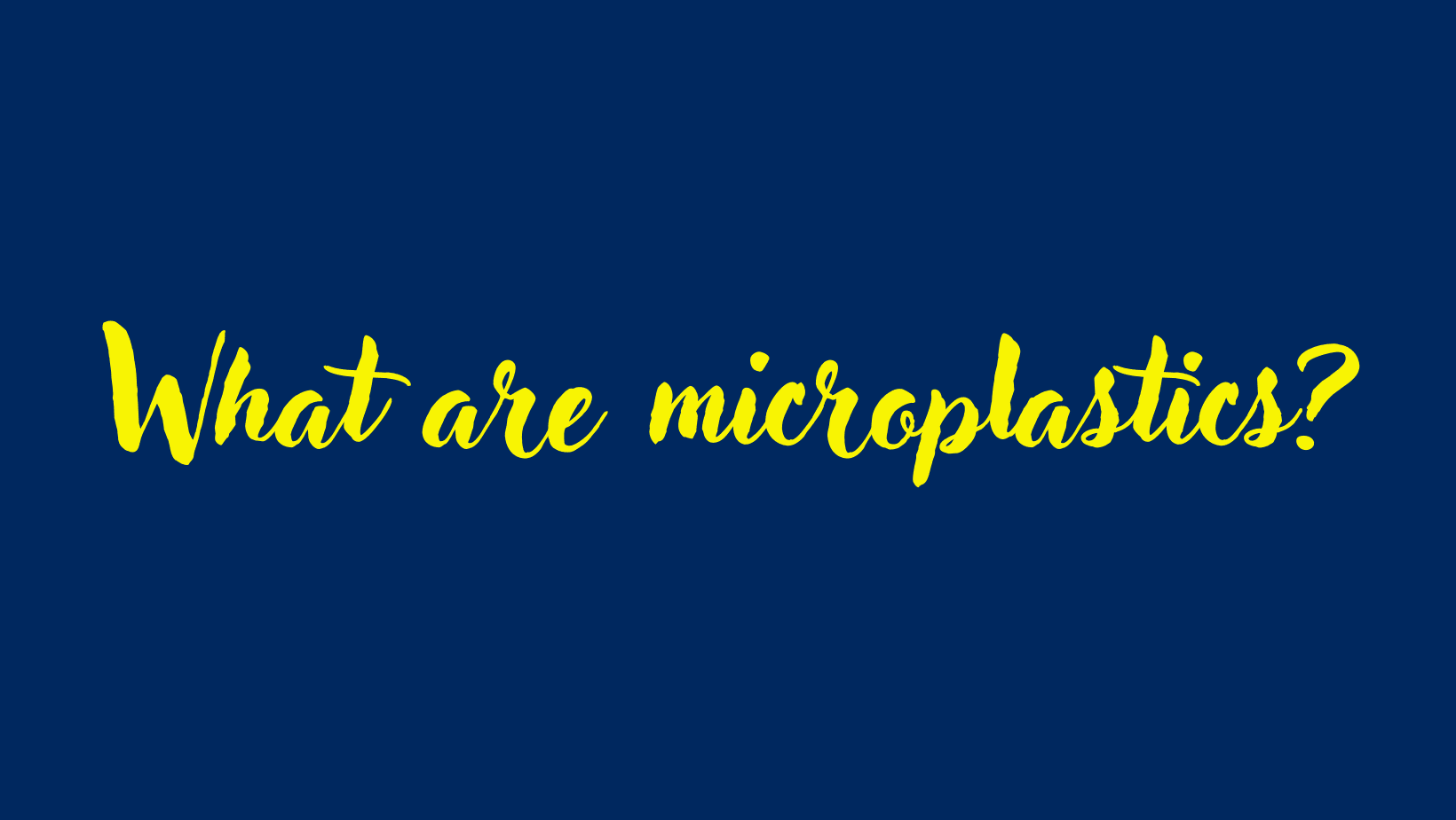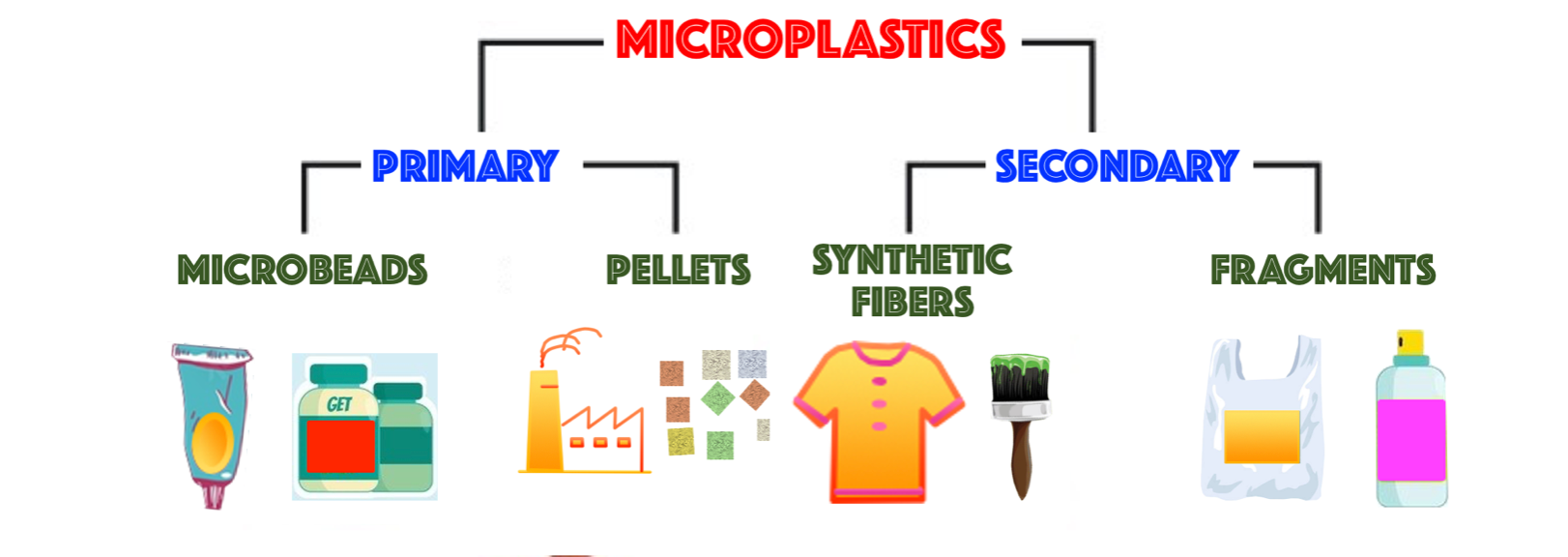What are microplastics?
Microplastics are small plastic particles or fibres with size below 5 mm and above 250 μm.


What are microplastics sources?
Microplastics can be classified as primary or secondary according to their source. Primary microplastics are those which have been intentionally made, while seconday microplastics are those that result from the fragmentation and weathering of plastics.

Primary microplastics are manufactured to have a millimetric or sub-millimetric size. They can be found in household items, air-blasting media, drilling fluid, personal hygiene products, such as facial cleansers, toothpaste and exfoliating creams. After use, microplastics present in such products can reach the environment through wastewater. The currently widespread use of 3D printers also constitutes a source of primary microplastics, as they release particles as small as 11.5 nm.
Secondary microplastics result from the breakdown of larger plastic particles. When exposed to atmospheric agents, chemical, physical and biological processes break up the plastic particles of macroscopic size into smaller particles. The sources of secondary microplastics are varied and include, among others, plastic waste both in landfill and recycling facilities; ship-generated litter or disposed off after recreational activities; paints made of synthetic polymers that are abraded during removal; synthetic textiles; natural fibers.